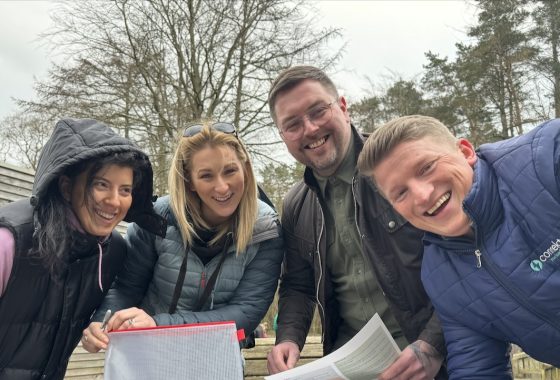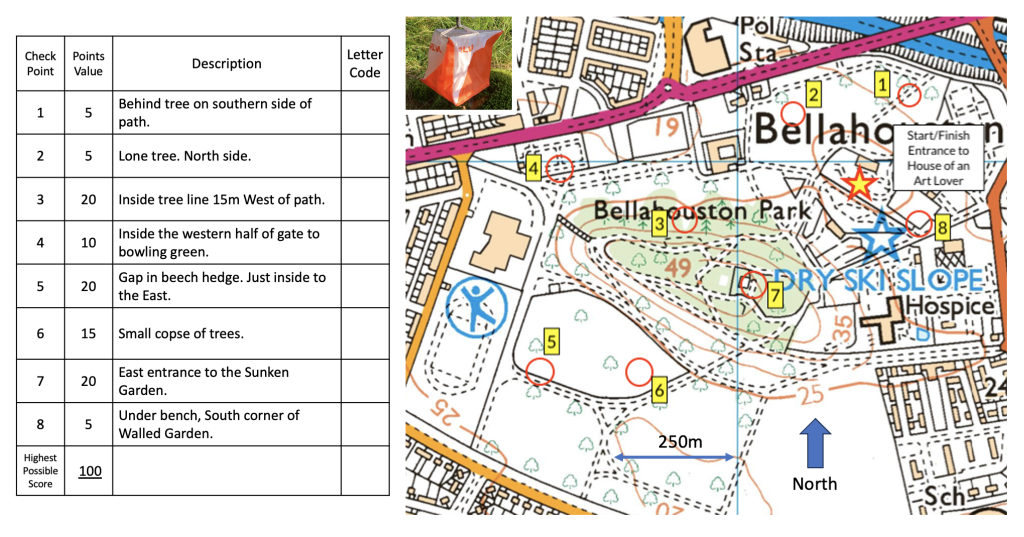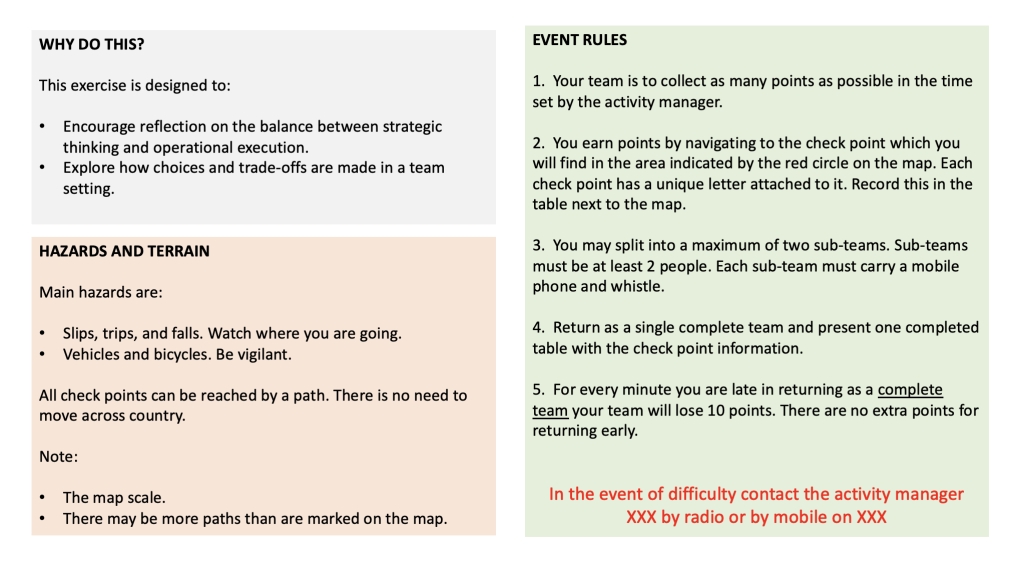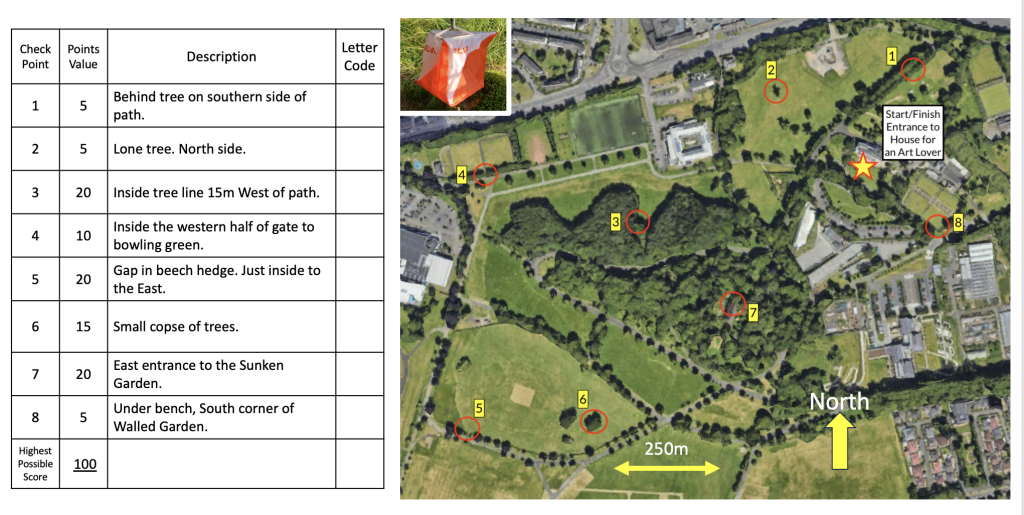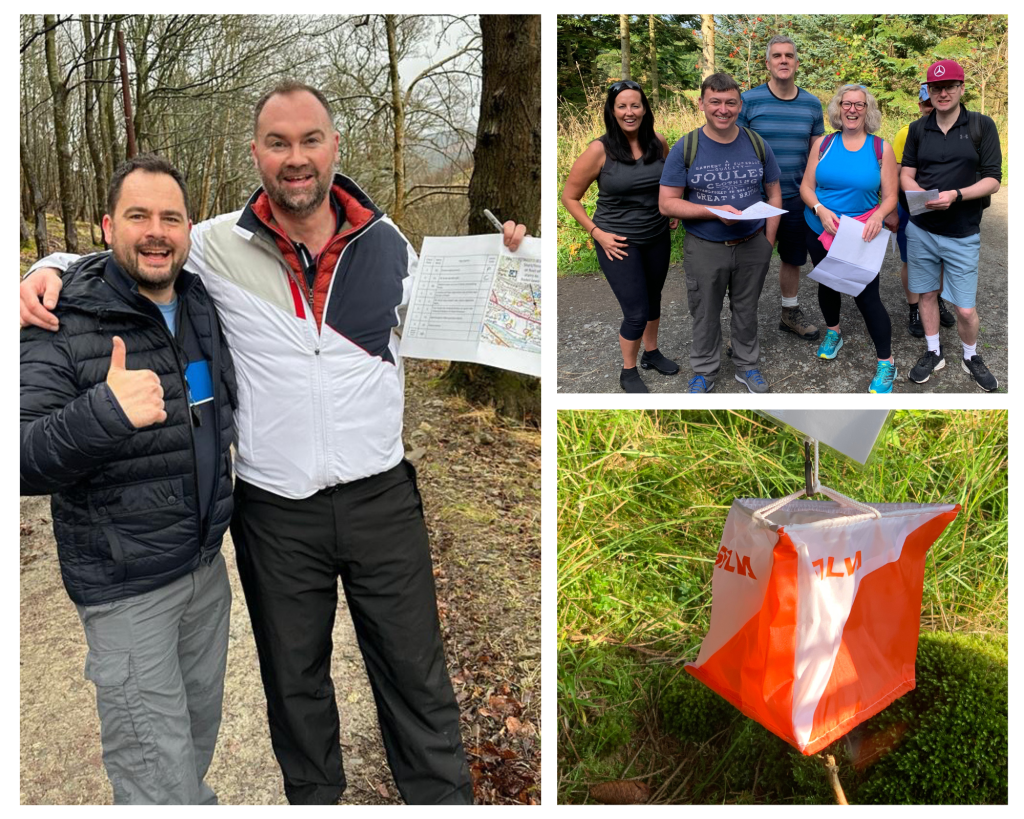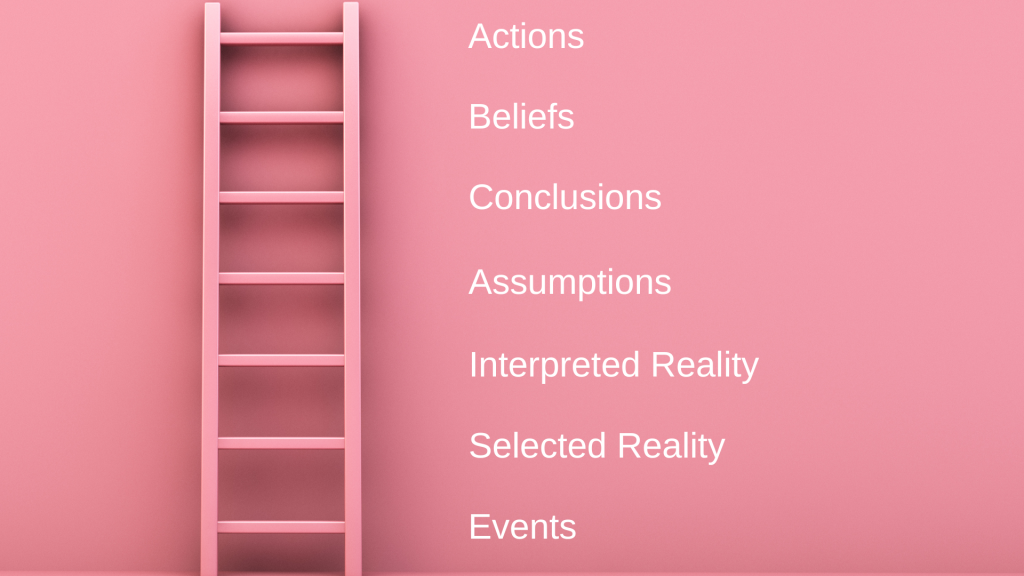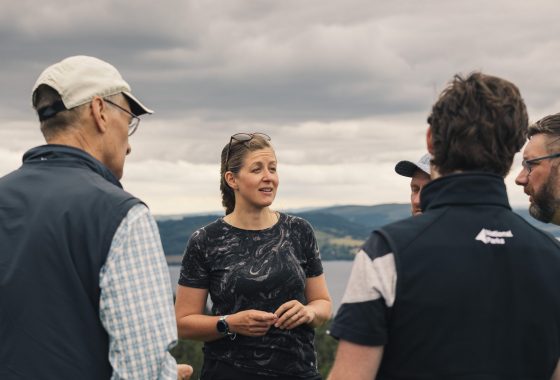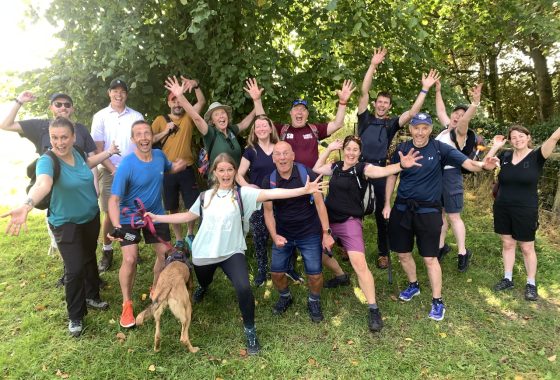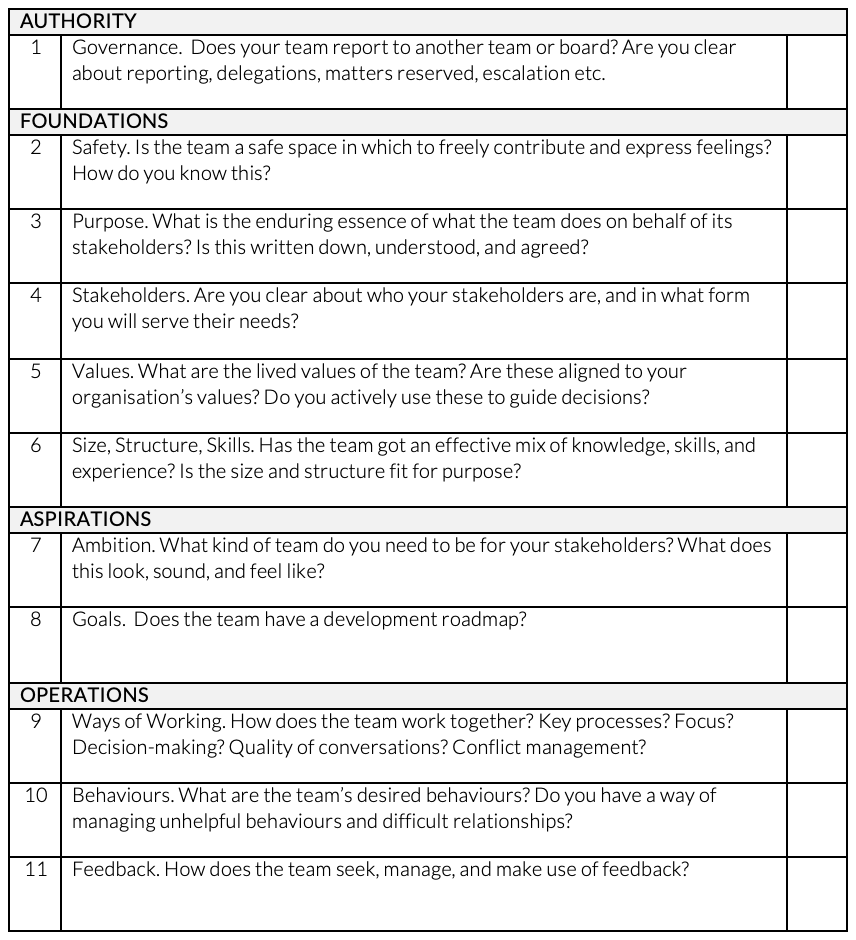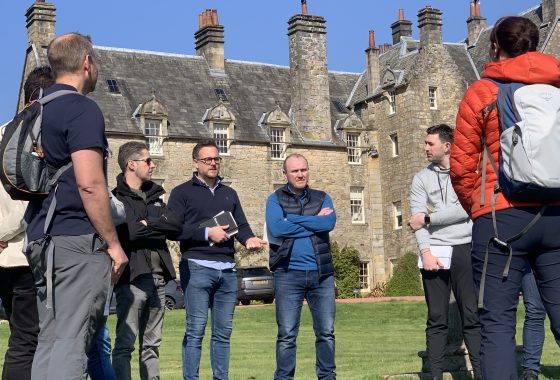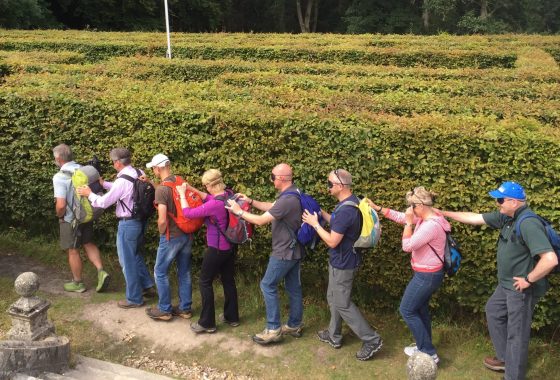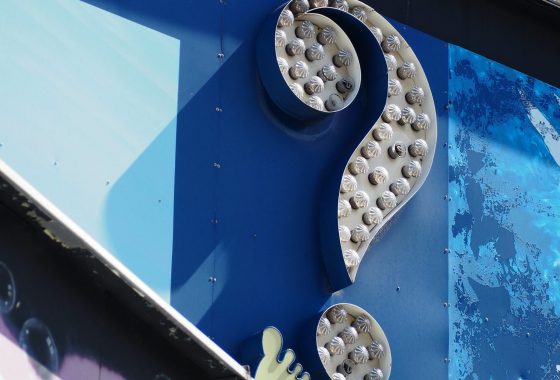We help leaders build highly effective teams. Part of our work involves conducting TEAM HEALTH CHECKS and helping teams create TEAM CHARTERS, TEAM OPERATING MODELS, and TEAM DEVELOPMENT ROADMAPS.
We also help teams develop a suite of collective TEAM SKILLS. In this blog we cover Red Teaming.
WHAT IS IT?
Originating in the military and now used more widely, notably in cyber-security contexts, red teaming is a way of testing systems, strategies, plans, policies, decisions etc. – and the underlying assumptions, biases, and world views including groupthink – by applying independent critical thought and alternative perspectives.
A red team can be contracted in (this maximises independent critical thought), or use the organisation’s employees, or a mix.
WHY DO IT?
It invites you to walk in the shoes and understand the world through the eyes of those you seek to serve as well as those who would seek to disrupt your operations; and to identify possible responses to and consequences of your intended action.
It challenges you to test the reliability of evidence you are using. It helps identify faulty logic and flawed analysis. It helps you and colleagues develop shared situational awareness.
It can help you identify critical gaps in knowledge, and the questions you need to find answers to.
In so doing, it helps you and colleagues recognise and step beyond the emotions, bias, and assumptions that are in play. Ultimately, it provides an opportunity for richer conversations, better decisions, more effective action, and improved resilience.
It also develops your critical thinking capabilities, useful across business and life!
HOW TO DO IT?
Create a team of critical and creative thinkers, subject matter experts, non-experts who can ask naïve questions, and role players (e.g. devil’s advocates). 9 maximum.
They do not all need to come from the leadership team. Involving other staff, including externals, will freshen things up and mitigate group think.
Conduct the red team event in three stages.
#1 Diagnostic Stage (Testing Beliefs). Is the information being used accurate, well-evidenced, logical and underpinned by valid assumptions?
#2 Creative Stage (Wider Possibilities). Is the definition of the problem that the system, strategy, policy, or plan etc. seeks to mitigate artificially constrained? Have all possible options been considered? What further builds and development are possible? Have the consequences been thought through?
#3 Challenge Stage (Robust Choices). Are the options offered robust? Are they resilient to disruption or external challenge? Which of the options is the strongest (and what criteria determines this)? What are the chances of a successful outcome? what more could/should be done?
HOW LONG?
Very simply, depending on the subject (and the level of risk involved), this can be run as a mini-workshop over a couple of hours or a more involved event over a couple of days.
WANT TO KNOW MORE?
In addition to our own experience we drew on the following UK Government publication.
CAN WE HELP YOU? YOU BET WE CAN!
To re-iterate the initial points around independence of critical thought and alternative perspectives, we can offer you the following support:
- Red team training.
- Facilitation of the red team process.
- Provision of external red team members, in-person and online.
INTERESTED?
Get in touch by emailing info@freshairleadership.com or calling +44 7776 153428.

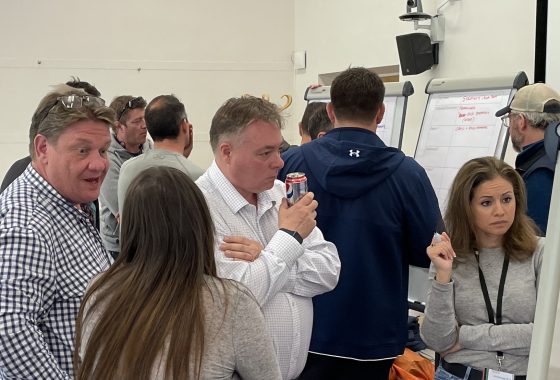
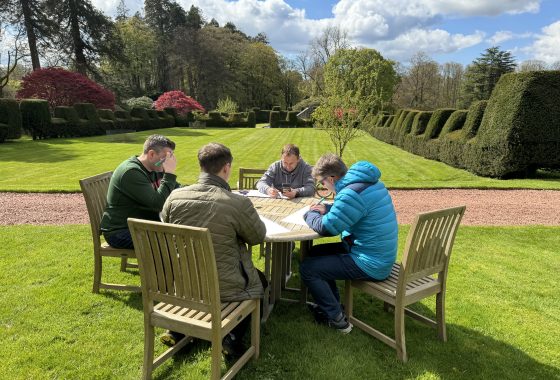
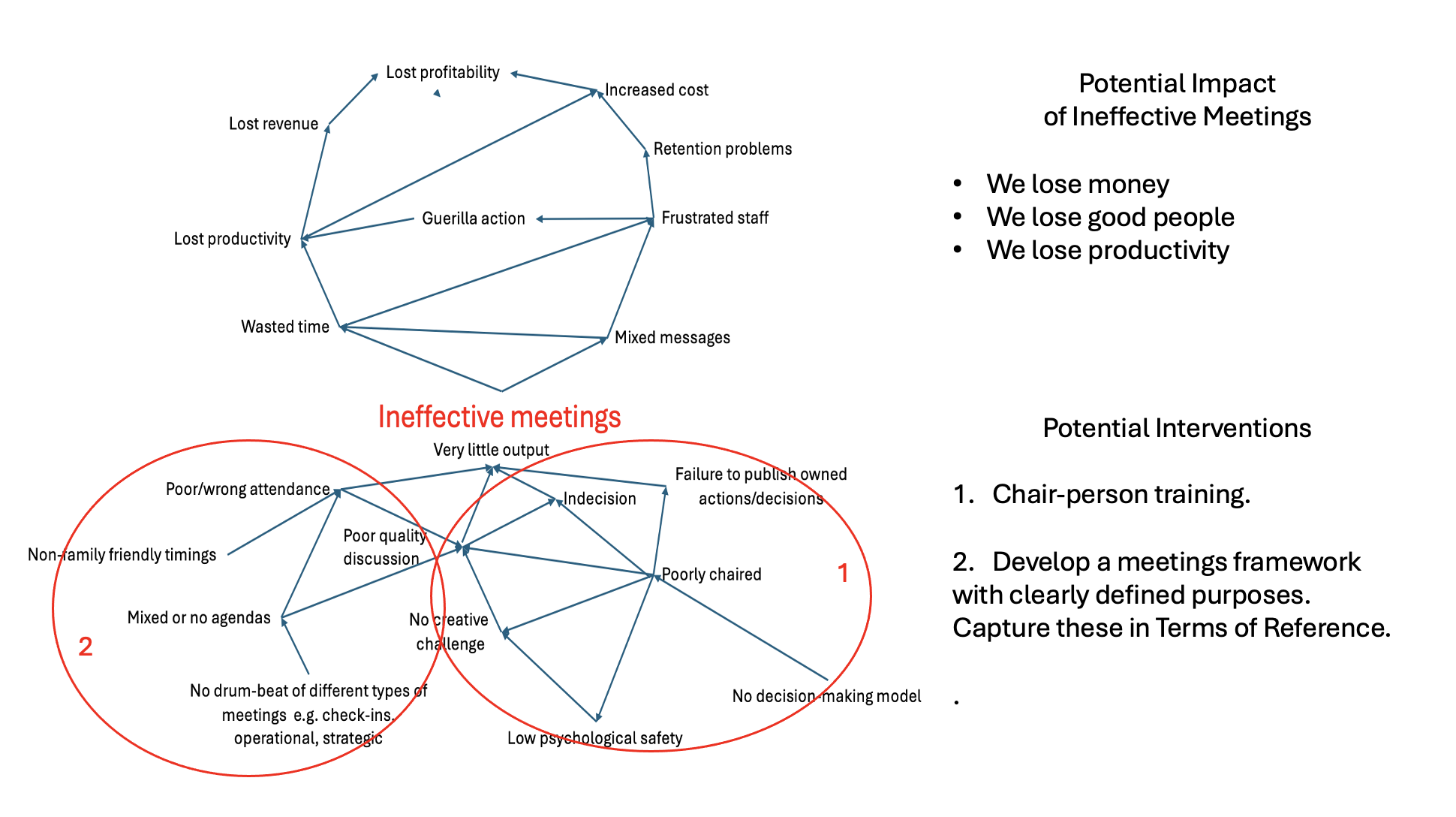
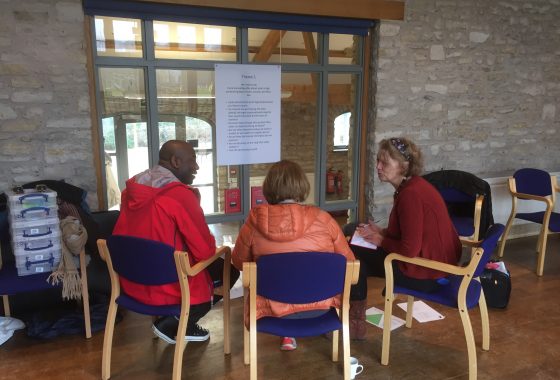
 You will note the statement of common purpose in the centre. This acts as a reference point throughout the decision-making process i.e. each step MUST support “Working together. Saving lives. Reducing harm.” So, if waiting to get solid information risks lives, the Emergency Services leaders will press on round “the wheel” and take early action if necessary.
You will note the statement of common purpose in the centre. This acts as a reference point throughout the decision-making process i.e. each step MUST support “Working together. Saving lives. Reducing harm.” So, if waiting to get solid information risks lives, the Emergency Services leaders will press on round “the wheel” and take early action if necessary.